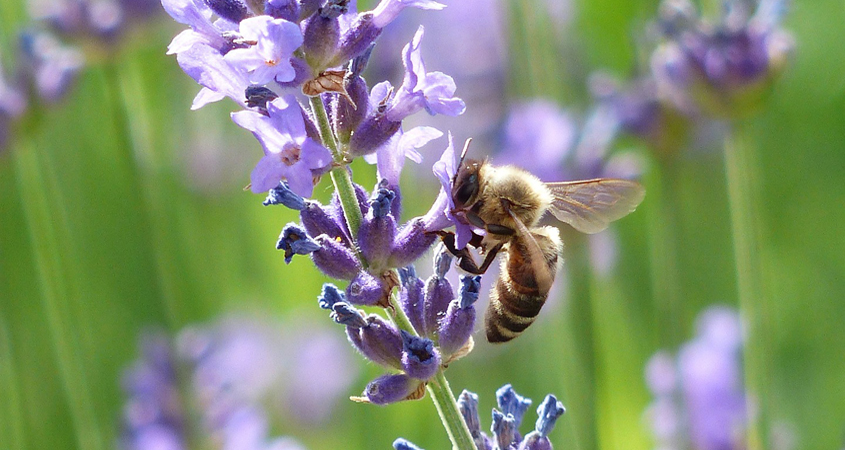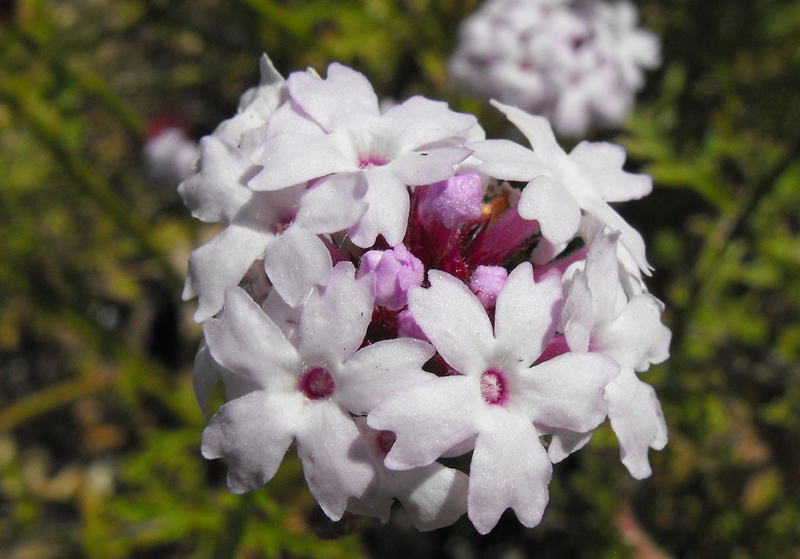 Encourage pollinators to visit your sustainable landscaping with plants that attract bees, butterflies, and others. Photo: Flickr/Creative Commons
Encourage pollinators to visit your sustainable landscaping with plants that attract bees, butterflies, and others. Photo: Flickr/Creative CommonsPlanting for Pollinators
Plants and insects need each other to survive. Nature provides checks and balances in a garden. You can attract insects and creatures that help maintain the healthy balance of a garden without pesticides.
Flowering plants rely on insects for pollination, and thus reproduction. In turn plants feed and house insects. Some bugs eat too much, destroying their plant hosts and spreading disease. Other beneficial insects fight off the destructive species, eating them or disrupting their reproductive process.
Birds, bats and lizards help too, consuming pests both large and small.
Actively cultivating a diversity of plants in the landscape that flower at different times of the year attracts helpful insects and predators. It also improves the resilience of gardens and reduces the need for chemicals.
To attract more garden helpers, like mason bees and lizards, create habitat for them. Consider getting establishing a nesting box for bees. Leave a small rock pile for lizards to inhabit. Put a large tree branch in the garden and let it decompose naturally.
Plant a Butterfly Garden

Many specific of native Verbenas are excellent choices to attract pollinators to your sustainable landscaping. Photo: WIkimedia Commons
There are many plants that support the lifecycle of butterflies. Try to use several in your garden to boost larvae and caterpillars as well as the full-grown, nectar seeking adults. Some good choices:
Narrow Leaf Milkweed (Asclepias fascicularis)
Island Alum Root (Heuchera maxima)
San Miguel Island Buckwheat (Eriogonum grande var. rubescens)
Cedros Island Verbena (Verbena lilacina)
Island Bush Snapdragon (Gambelia speciosa)
Got Bees?
Not all ground needs to be covered in mulch. Try designating a five- to ten-square-foot patch of open ground for ground-nesting bees and insects, especially if your garden contains San Diego native plants.
This article was inspired by the 71-page Sustainable Landscapes Program guidebook available at SustainableLandscapesSD.org. The Water Authority and its partners also offer other great resources for landscaping upgrades, including free WaterSmart classes at WaterSmartSD.org.



